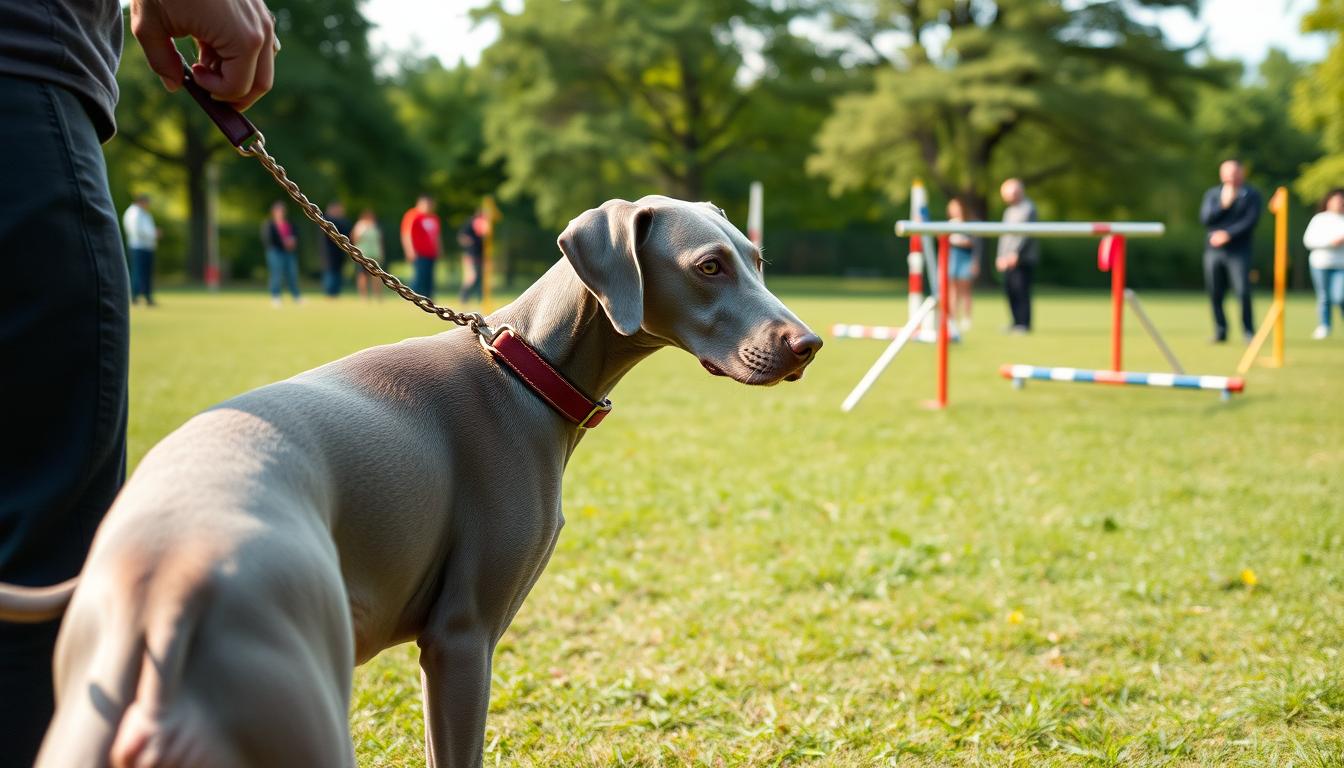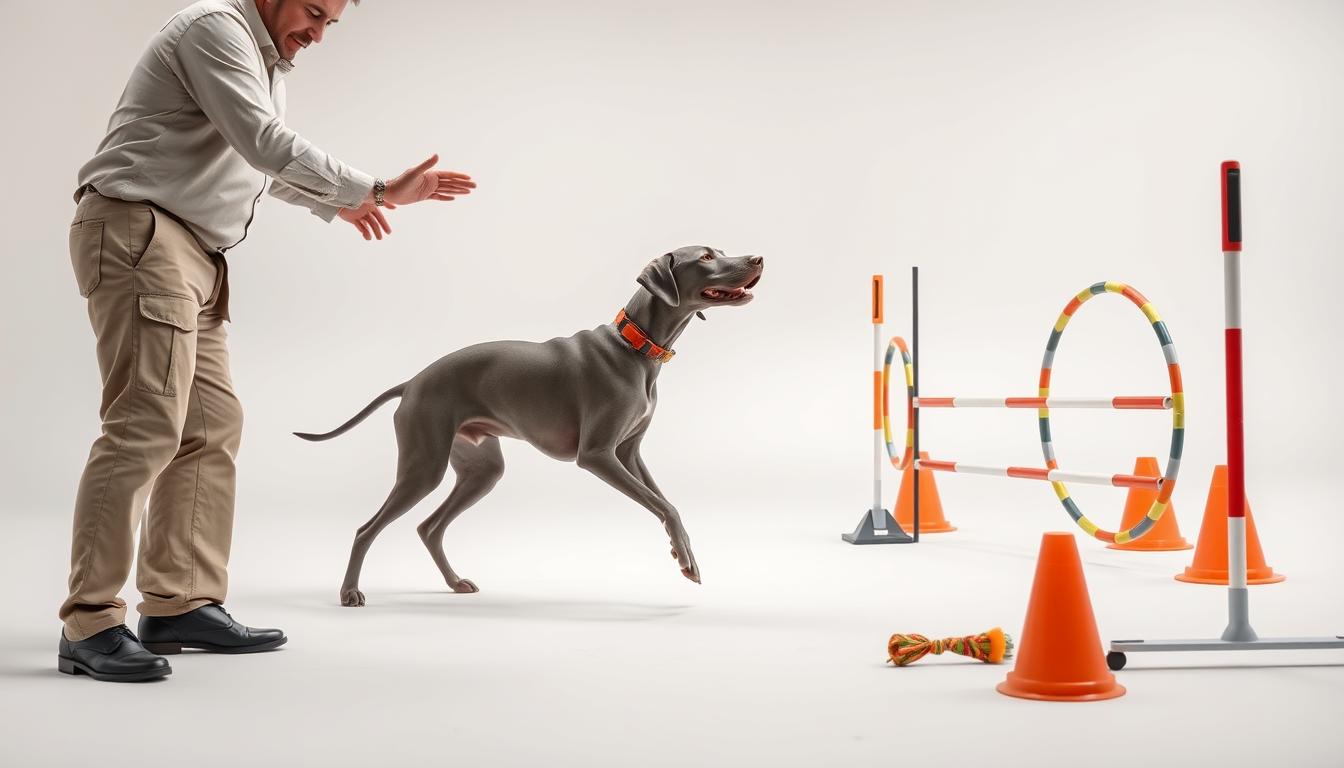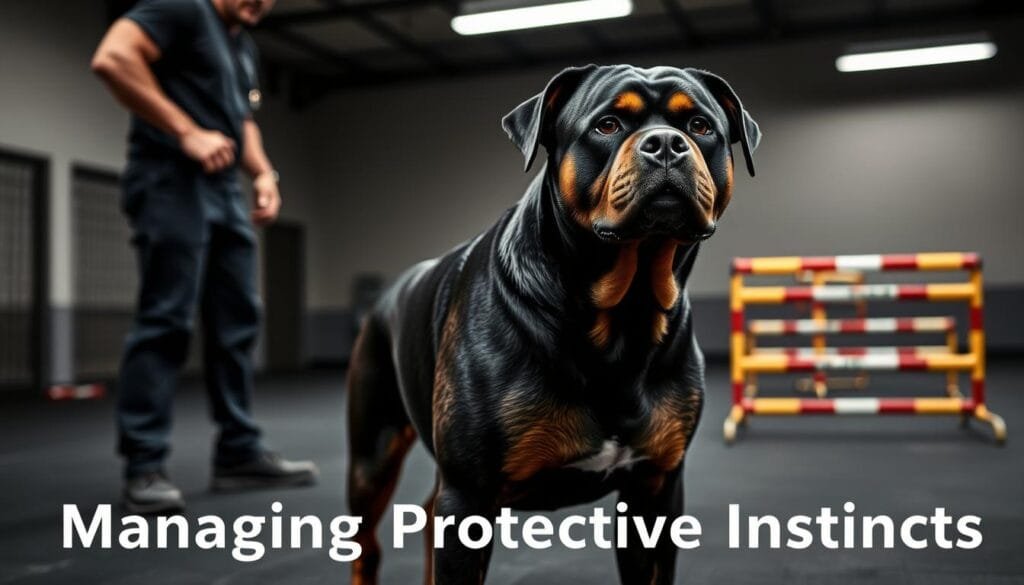Unleash Your Welmarner’s Potential with Expert Dog Training
Owning a spirited, intelligent breed like the Weimaraner demands more than casual attention. These athletic companions thrive when their energy is channelled through structured routines and purposeful engagement. Without proper direction, their enthusiasm can lead to frustration – for both owner and pet.

Starting early is critical. Puppies as young as five weeks old benefit from foundational lessons that shape lifelong behaviour. Reward-based methods, such as treats or clicker techniques, build trust while reinforcing desired actions. Short daily sessions – adjusted for age and focus – yield better results than sporadic, lengthy drills.
For owners in Clonmel and surrounding Tipperary areas, activk9s offers tailored solutions. Trainer Malcolm combines 1-2-1 home sessions with practical walk-based coaching, addressing issues like lead-pulling or socialisation challenges. His approach ensures both canine and handler develop skills harmoniously.
Key Takeaways
- Begin foundational lessons during puppyhood to prevent behavioural issues
- Use reward-based reinforcement for faster, stress-free learning
- Prioritise short daily sessions over irregular intensive training
- Combine physical exercise with mental stimulation for optimal focus
- Seek professional support for persistent challenges like separation anxiety
- Socialise your companion early with diverse environments and people
Introducing Welmarner Dog Training in Clonmel County Tipperary
In Clonmel County Tipperary, transforming spirited canines into focused partners requires more than generic methods. activk9s delivers custom solutions shaped by years of regional experience. Trainer Malcolm’s hands-on approach addresses the unique needs of high-energy breeds through targeted engagement.
Proven Methods for Discerning Owners
Malcolm’s programmes blend practical walk coaching with home-based sessions, prioritising real-world obedience. His expertise with sensitive breeds ensures commands like “sit” and “heel” become second nature. Regular rewards and clear communication build attention spans while strengthening trust between handler and companion.
Your Local Training Resource
Residents benefit from flexible scheduling across Tipperary’s parks and urban spaces. Consistency is key – Malcolm equips owners with strategies for reinforcing lessons at home. For immediate guidance, contact 089-4120124 to discuss tailored plans.
Every session focuses on creating positive interactions between pets, trainers, and local communities. Structured challenges paired with mental stimulation prevent boredom, channeling natural enthusiasm into productive learning. This approach turns daily walks into opportunities for growth, ensuring both handler and companion thrive.
Essential Training Commands and Techniques
Mastering core obedience skills transforms daily interactions with your energetic companion. For Weimaraners, structured learning channels their natural drive into reliable responses. Consistency and clarity prove vital – ambiguous signals or irregular practice hinder progress.

Teaching Basic Commands: Sit, Stay, and Heel
Begin with “sit” by holding a treat near your companion’s nose, then slowly raise it upwards. As their head tilts back, their hindquarters naturally lower. Immediately say “sit”, reward, and repeat. For “stay”, start with your Weimaraner seated, then step back while holding your palm out. Gradually increase distance over multiple sessions.
Using Positive Reinforcement with Treats, Praise, and Clicker Training
High-value rewards like chicken pieces work best. Pair treats with verbal praise – “good sit!” – to build dual reinforcement. Clickers mark precise moments of success: click when paws touch the ground during “heel”, then treat. activk9s in Clonmel County Tipperary recommends rotating rewards to sustain interest during repetitive activity.
| Command | Technique | Reward Timing |
|---|---|---|
| Sit | Lure upwards with treat | Immediately after hindquarters lower |
| Stay | Open palm signal + step back | After 2-second hold |
| Heel | Treat guidance at knee level | Every 3-4 aligned steps |
Establishing Consistent Boundaries and Routine
Practice commands at the door before walks to reinforce impulse control. Use identical phrases like “wait” instead of mixing “hold on” or “not yet”. Trainer Malcolm from activk9s advises 10-minute sessions twice daily – longer drills risk boredom. Always end on success, even if revisiting simpler tasks.
Creating a Fun and Engaging Training Environment
Transforming routine drills into enjoyable experiences strengthens your bond while achieving results. A dynamic approach keeps your companion mentally sharp and physically active, turning lessons into adventures rather than chores. The key lies in blending structure with creativity – think obstacle courses in the garden or treat puzzles during indoor sessions.
Incorporating Agility, Interactive Toys and Reward Systems
Agility exercises like weave poles or low jumps channel energy constructively. These activities improve coordination while reinforcing obedience – a win-win for high-drive companions. Rotate interactive toys weekly to sustain interest; puzzle feeders that dispense treats work particularly well during “down-stay” practice.
Reward systems thrive on variety. Alternate between verbal praise, small treats, and brief play breaks. For leash training, use a sturdy 2-metre lead that allows freedom without compromising control. This method prevents common problems like tangling or sudden lunging.
Planning Regular Training Sessions at Home
Consistency matters more than duration. Dedicate two 10-minute slots daily – perhaps before walks and meals. Designate a safe indoor area with non-slip mats and outdoor spaces free from distractions. Clear boundaries help your pet understand where focused work happens.
Involve family members using identical commands to avoid confusion. A well-fitted harness and retractable leash prove invaluable for practising recall in enclosed gardens. Remember: sessions should feel like collaborative games, not military drills. When both parties enjoy the process, skills develop naturally through positive reinforcement.
Advanced Training Insights for Weimaraners
Elevating your companion’s skills requires strategic approaches that address both mental and physical needs. High-drive breeds flourish when challenges align with their natural instincts, creating a partnership built on mutual understanding rather than forced compliance.

Addressing Behavioural Challenges and Aggression
Unwanted behaviours often stem from misdirected energy. The method involves identifying triggers through controlled exposure. For resource guarding, practise swapping low-value items for higher rewards during feeding sessions. This step-by-step approach builds trust while discouraging possessive tendencies.
Preventing Separation Anxiety through Socialisation
Early exposure to varied environments reduces stress during alone time. Start with brief departures, pairing your exit with engaging activities like treat-dispensing toys. Gradually increase duration while maintaining calm greetings. activk9s recommends incorporating soundboards – devices that let pets communicate needs like “play” or “outside” – to enhance emotional balance.
Adapting Training Methods to Energy and Exercise Needs
Match session intensity to your companion’s daily rhythm. After vigorous exercise, focus on calm tricks like “place” commands. Use high-protein food to sustain stamina during agility drills. Rotate between scent work, retrieval games, and obedience activities to prevent boredom.
Consistency remains paramount. activk9s tailors programmes using three core principles: structured routines, reward variety, and energy-aware scheduling. This holistic method fosters a harmonious life for both handler and companion, turning potential challenges into opportunities for growth.
Conclusion
Building a fulfilling partnership with your energetic companion starts with informed, consistent efforts. Mastering core commands like “sit” and “heel” through reward-based methods creates lasting behavioural foundations. Early socialisation and structured routines prevent common challenges, turning potential issues into opportunities for growth.
Local expertise makes all the difference. activk9s’ tailored approach in Clonmel County Tipperary addresses specific needs through practical walk coaching and home sessions. Trainer Malcolm’s insights help owners transform daily interactions – whether tackling lead-pulling or refining advanced skills.
Take action today by implementing these strategies. Start with short daily drills using high-value rewards. If facing persistent issues, contact 089-4120124 for personalised advice. Remember: even a small bit of early intervention fosters lifelong harmony between you and your companion.
Stay proactive in seeking information as your pet’s needs evolve. Adapt techniques to their energy levels and life stages. With commitment and expert guidance, you’ll cultivate obedience that enhances every shared adventure.
FAQ
What’s the best age to start training a weimaraner?
Begin as early as 8–10 weeks old. Puppies absorb information quickly, and early lessons in obedience and boundaries prevent future behavioural issues. Focus on short, positive sessions to build trust and engagement.
How do I handle a stubborn weimaraner during sessions?
Use high-value rewards like chicken or cheese to motivate them. Keep sessions dynamic, incorporating games or agility exercises to match their energy. Consistency with commands and patience are key—avoid frustration, as they’ll mirror your mood.
Can I train my weimaraner without professional help?
Basic obedience like sit, stay, and heel can be taught at home using positive reinforcement. For complex issues like aggression or anxiety, consider expert guidance. Local trainers like Malcolm at activk9s offer tailored solutions for challenging behaviours.
How much daily exercise does a weimaraner need?
Aim for 90–120 minutes of activity split between walks, play, and mental challenges. Incorporate fetch, scent games, or agility drills to burn energy. Insufficient exercise often leads to destructive habits like chewing or digging.
What’s the fastest way to stop leash-pulling?
Stop moving immediately when tension occurs. Wait until the lead slackens, then reward with praise or a treat. Repeat consistently during walks—pair this with “heel” commands to reinforce loose-leash behaviour over time.
Are clickers effective for weimaraners?
Yes, clicker training works well for marking desired actions instantly. Pair the click with treats to create clear communication. This method is particularly useful for teaching tricks or refining advanced obedience skills.
How do I prevent separation anxiety in my dog?
Gradually increase alone time, starting with 5–10 minute intervals. Provide puzzle toys or long-lasting chews to distract them. Avoid emotional farewells—keep departures and arrivals calm to reduce dependency on your presence.
Should I use food rewards for every command?
Phase out treats gradually once commands are mastered. Transition to intermittent rewards paired with verbal praise or play. This maintains motivation while preventing over-reliance on food incentives.
Source Links
- How to Train a Weimaraner: 11 Steps (with Pictures) – wikiHow Pet – https://www.wikihow.pet/Train-a-Weimaraner
- No title found – https://www.akc.org/expert-advice/dog-breeding/life-with-weimaraners-tips-from-a-breeder/
- Weimaraner Dog Training Home Visits in Greater Manchester – https://www.manchesterdogschool.co.uk/weimaraner-training/
- No title found – https://www.akc.org/expert-advice/training/teach-your-puppy-these-5-basic-commands/
- Dog Training Games Make Puppy Training Fun – Weimaraner Puppies – https://www.weimaraner-puppies.com/weimaraner-puppy/dog-training-games/
- 12 Secrets for Teaching a Weimaraner Puppy Obedience – https://iheartdogs.com/12-secrets-for-teaching-a-weimaraner-puppy-obedience/
- How to Train a Weimaraner: 10 Expert Tips & Common Mistakes – Dogster – https://www.dogster.com/dog-training/how-to-train-a-weimaraner
- Training Weimaraners: Guide and Tips – WeimLife – https://www.weimlife.org/training-weimaraners-guide-and-tips
- No title found – https://www.akc.org/expert-advice/training/soundboard-trained-dogs/
- Finding, Selecting, Raising, Training, Feeding, Socializing, and Loving Your New Weimaraner Puppy : Richie, Vanessa: Amazon.com.be: Books – https://www.amazon.com.be/-/en/Vanessa-Richie/dp/1954288794
- Life with Weimaraners | Barrett Weimaraners – https://www.barrettweimaraners.com/life-with-weimaraners/
- Weimaraner Puppy Training: The Surprising Truth About When to Start – https://iheartdogs.com/weimaraner-puppy-training-the-surprising-truth-about-when-to-start/


